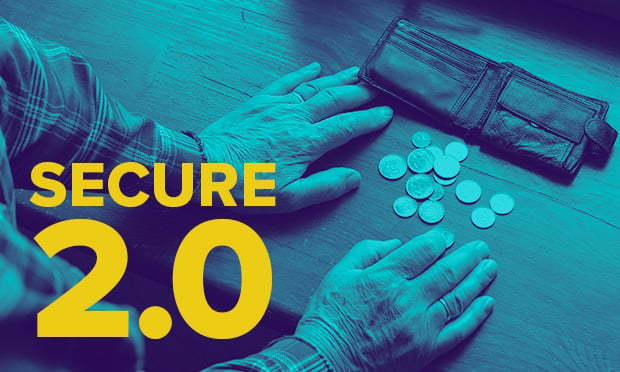I've had both cats and dogs in my family over the years, and while each of our individual pets has had a unique personality, there are some attributes that seem to apply to each species, regardless of the individual animal. One of the most obvious is their approach to food. For example, you can leave your cat alone in an apartment for a weekend with a supply of food and water sufficient to last for a few days, and odds are when you return home, there will still be some left. But leave your dog alone in the same apartment with the same additional allotment of food and water, chances are it won't last 30 minutes. And in those circumstances, if you have both a cat and a dog in that apartment, odds are the latter will eat the former's food as well. Animal psychologists have a variety of explanations for why dogs and cats approach food the way they do, generally citing either a confidence of its future availability, or a concern that if it's not consumed now, it will disappear. Experts have long been worried about how quickly individuals would spend through their savings in retirement, whether those rates of spending would too rapidly deplete savings, and if those rates would be sufficient to sustain a reasonable post-retirement lifestyle. A recent analysis of activity within the EBRI IRA database found that just over 16 percent of traditional and Roth IRA accounts had a withdrawal in 2011, including 20.5 percent of traditional accounts. The report notes that this percentage was largely driven by activity among traditional IRAs owned by individuals ages 70½ or older where the individuals were required by law to make withdrawals from their tax qualified accounts or pay significant tax penalties. Significantly, for those at the RMD age, the withdrawal rates at the median appeared close to the amount required by law to be withdrawn, though some were significantly more. And while the highest 25 percent did appear to be taking out amounts in excess of those required by law, the report notes that some of these accounts could be the focus of the owners' withdrawals instead of other accounts owned by them. A separate EBRI analysis of the University of Michigan's Health and Retirement Study (HRS) found that at age 61, only 22.2 percent of households with an individual retirement account (IRA) said that they took a withdrawal from that account, but that the pace slowly increased to 40.5 percent by age 69 before jumping to 77 percent at age 71. That EBRI analysis also found that the percentage of households with an IRA making a withdrawal from that account not only increased with age, but also spiked around ages 70 and 71, a trend that, the report explains, appears to be a direct result of the required minimum distribution (RMD) rules in the Internal Revenue Code. IRAs are, of course, a vital component of U.S. retirement savings, holding more than 25 percent of all retirement assets in the nation, according a recent EBRI report. A substantial and growing portion of these IRA assets originated in other employment-based tax-qualified retirement plans, such as defined benefit (pension) and 401(k) plans. While the median withdrawal rates evident in the proprietary EBRI IRA database suggest that many individuals are highly likely to maintain the IRA as a source of income throughout retirement, further study is needed to see if these rates hold up over time as their owners age further into retirement, and to evaluate whether those rates, in conjunction with other resources, are adequate to provide a reasonable, if not comfortable, post-retirement lifestyle. In the months ahead, we'll not only be looking at this withdrawal behavior over time, but, as part of EBRI's Center for Research on Retirement Income (CRI), we'll be examining how IRA owners with a 401(k) plan draw down those assets across accounts, leveraging the unique ability of EBRI's databases to link individuals' IRAs and 401(k) accounts. After all, it's not just pets that consume more wisely when they have confidence in the future of that next meal.








